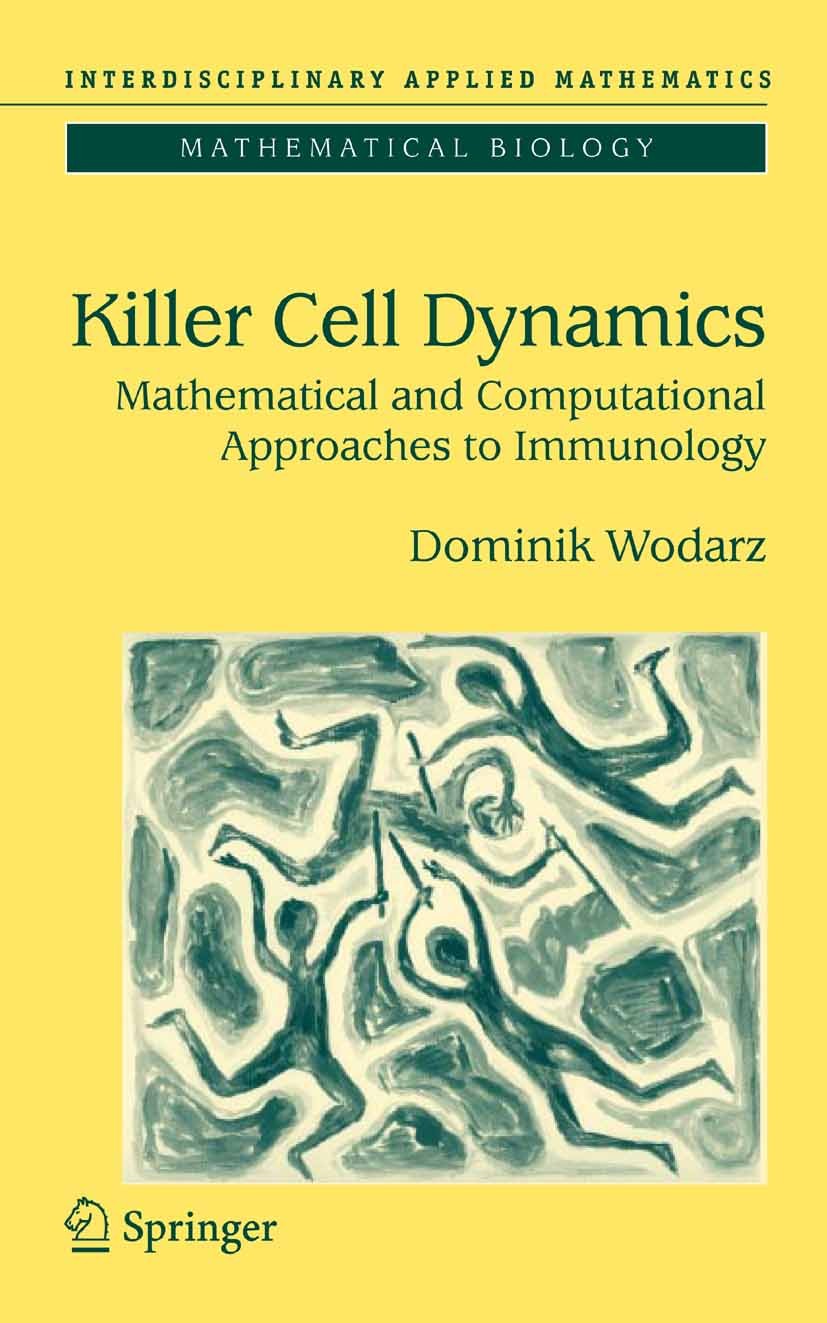| 書目名稱 | Killer Cell Dynamics | | 副標(biāo)題 | Mathematical and Com | | 編輯 | Dominik Wodarz | | 視頻video | http://file.papertrans.cn/543/542717/542717.mp4 | | 概述 | Prominent area of research in the biomedical community.Review of mathematical and computational approaches used to help understand how killer T cell responses work to fight viral infections.Chapter su | | 叢書名稱 | Interdisciplinary Applied Mathematics | | 圖書封面 |  | | 描述 | Systems biology and computational biology have recently become prominent areas of research in the biomedical community, especially in the area of cell biology. Given that much information on genes and their protein products has become available, the big question is how the individual components interact and work together, and how this determines the functioning of cells, organs, and organisms. Long before the popularity of systems biology in biomedicine, however, such approaches have been used successfully in a di?erent area of biology: population ecology. Research in the area of population dynamics - vestigated complex interactions between di?erent populations of organisms, such as the dynamics of competition and predation, food webs, community structure, as well as the epidemiology of infectious diseases. In this ?eld, t- oretical biology and mathematical modeling have become an integral part of research. Mathematical models allowed people to obtain interesting and counter-intuitive insights into how complex interactions among di?erent p- ulations can play out. Such mathematical studies not only gave rise to - teresting theoretical ideas, but also provided the basis for the desig | | 出版日期 | Book 2007 | | 關(guān)鍵詞 | HIV; Immune System; Immunity; Viruses; biology; ecology; evolution; evolutionary biology; homeostasis; infect | | 版次 | 1 | | doi | https://doi.org/10.1007/978-0-387-68733-9 | | isbn_softcover | 978-1-4419-2165-9 | | isbn_ebook | 978-0-387-68733-9Series ISSN 0939-6047 Series E-ISSN 2196-9973 | | issn_series | 0939-6047 | | copyright | Springer-Verlag New York 2007 |
The information of publication is updating

|
|
 |Archiver|手機(jī)版|小黑屋|
派博傳思國(guó)際
( 京公網(wǎng)安備110108008328)
GMT+8, 2025-10-8 02:38
|Archiver|手機(jī)版|小黑屋|
派博傳思國(guó)際
( 京公網(wǎng)安備110108008328)
GMT+8, 2025-10-8 02:38


